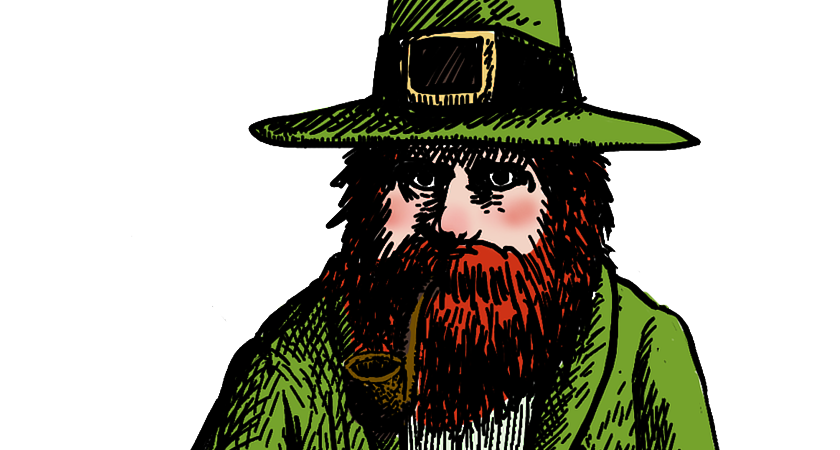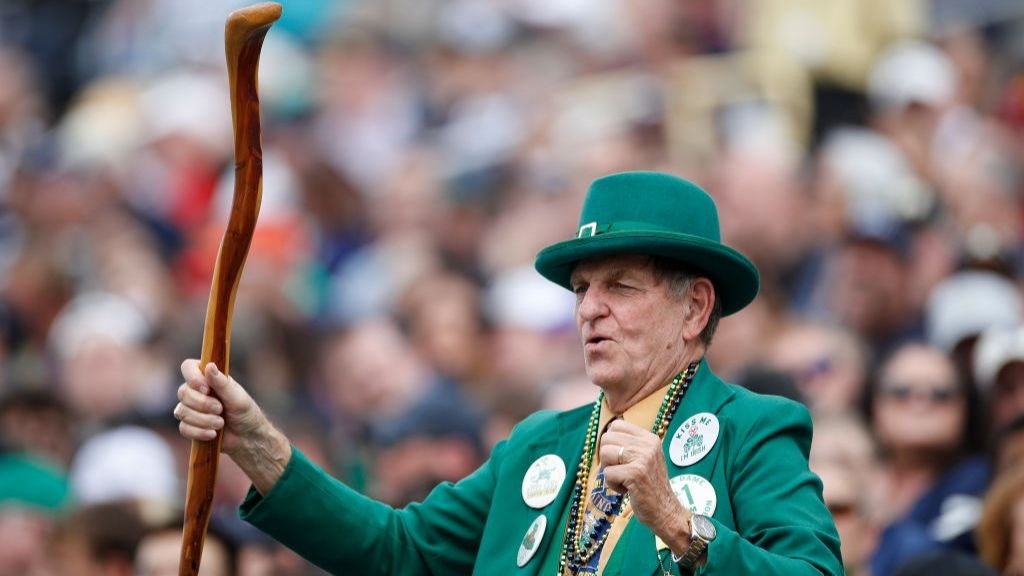LOVERS OF all things Irish rejoice because today is official Leprechaun Day.
Quite how this most hallowed of days came to exist remains something of a mystery – much like the origins of the little folk themselves.
While Leprechauns have come to be associated with a cliched and often cringeworthy perception of Irishness, they have actually been a part of Irish culture and history for thousands of years.
The word leprechaun is actually a translation of the old Irish word for “small body”.
Leprechauns lived in the fairy rings and fairy houses of Ancient and their origins can be traced all the way back to as early as the 12th century when they were first mentioned in several Irish manuscripts.
At least two types of fairy from Irish mythology share some characteristics with leprechauns. They include the mischievous Clurichaun which was famed for its love of drinking, treasure and ability to repair shoes.
There's also the Far Darrig faeries which are also similar to leprechauns except that they wear a red coat and hat rather than green. Depicted as fat and hairy Far Farrig faeries were known for causing trouble and even giving people nightmares.
Leprechauns were originally portrayed as a type of fairy famed for their mischievous nature and penchant for playing tricks. The legend goes that if you catch a leprechaun, he will give you a pot of gold.
They are often depicted as male with ginger hair and a beard as well as a distinctive green coat and buckled hat.
It’s a depiction that differs from the one described in ancient manuscripts. For one, leprechauns were originally said to wear red and weren’t always male.

Female leprechauns were described as dangerous temptresses in these texts, guilty of luring men away from their homes with the promise of adventure.
There is no mention of any obsession with gold either. That is said to stem from an ancient Irish story claiming that a group of invading Danes left the leprechauns in charge of all the gold they had plundered during their conquests. But rather than protect the loot, these Irish fairies stole it and buried it for safekeeping across the Irish countryside.
While the look and gender of the leprechaun has changed considerably, they have always been characterised as cheeky and cunning. More recently, stories have told of leprechauns have the ability to grant wishes to whoever catches them, though the legends warn that these usually come with a hefty price.
Today leprechauns have become a popular symbol of Irish culture in the us, with the image of the leprechaun associated with everything from breakfast cereal to American football. It’s a significantly lighter, more positive portrait of the mascot.
Leprechaun Day is all about celebrating the history of these mischievous Irish faeries. There are no specific rules or set activities, but organisers encourage those eager to get in the spirit to read some traditional Irish stories about leprechauns to gain a better appreciation of their origins. The poetry of William Butler Yeats also comes highlight recommend.
 Getty
GettyDressing up in the traditional leprechaun garb isn’t uncommon either with treasure hunts proving popular and offering a Covid friendly activity for those eager to get involved. Leprechaun themed cakes and activities in general are welcome.
More than anything, it’s about celebrating a unique bit of Irish culture and learning about the stories that went into configuring this unique bit of emerald isle folklore.

